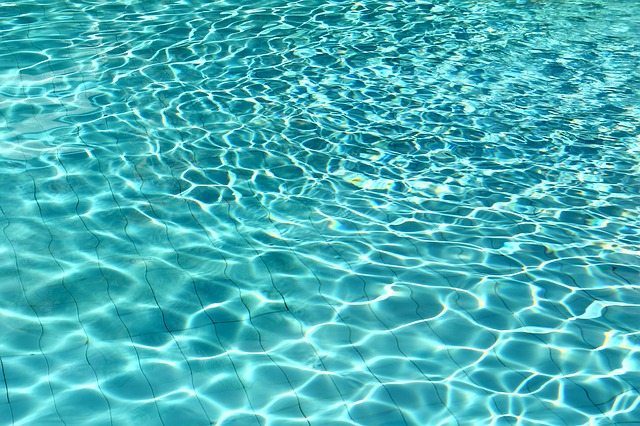This article, the third in the series, will cover the passive solar hot water heating system. One of the simplest systems of heating your hot water using nothing but the energy from the sun, it is also one of the least expensive to build.
Just as the name suggest, passive means there are no moving parts in its system it relies on gravity and thermal dynamics to heat the water in your storage tank. I will explain this as we get further into this article. For our purposes we will cover the most common and the oldest type of solar hot water heater known, the “Batch” type. Surprisingly enough the remains of a rudimentary batch type system consisting of a large can painted black were found at the “Robber’s Roost”, the hideout of Butch Cassidy and the Sundance Kid, in Utah.
Basically what you have is tank that is located on the roof of your home in a position to harness as much of the sun’s energy as possible. This tank is usually coated with a heat transferring coating, such as flat black paint, so as to absorb as much heat as possible and transfer it to the water inside. Attached to the house water supply, cold water follows in under normal household pressure to replace the hot water as it is used. In most applications the solar tank is used in conjunction with your original hot water heater to provide for back up heating during the night or during colder weather.
You can further reduce the use of back up heat by placing the tank inside the roof instead of on top of it and providing for access to the sun through a glazed opening. This also negates the need to remove the tank when you have to replace the roof. Another option for keeping the water in your tank as hot as possible during the night is to install an insulated lid that can be lowered over the glazed part of the tank at night. There are several automated lowering devices available that are commonly used in the greenhouse world.
So if you are looking to get the most out of your solar hot water heating system, while leaving the smallest carbon footprint, this is the way to go. With minimal parts to buy, and no moving parts at all, this system is by far the easiest to install and maintain. In addition, Solar Hot Water is also considered as [google_bot_show][/google_bot_show]the commercial water softener alternative as it also helps in removing some toxic chemicals from the water supply.
So now that we’ve covered the basics of how solar hot water heating works. In the next article we will begin looking at installing one in your home from choosing the style to having free hot water.




